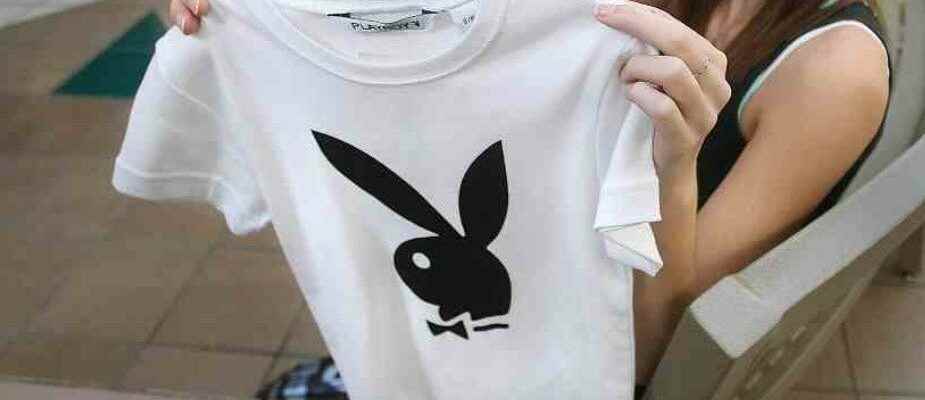
Students in the Thames Valley District school board will soon be able to show their midriffs, cleavage, legs, thighs and hips, but not wear clothes bearing the Playboy Bunny image, according to just-finalized dress code rules.
“The Bunny image does . . . have a historical association with negative female stereotypes and bias, and discriminatory attitudes and practices with respect to women and girls,” according to newly published guidelines established for the board’s 77,000 students at 160 schools.
At a minimum, students will be required to wear a top that covers the nipples and a bottom that covers the groin and buttocks. Both must be made from non-transparent fabric. The new code applies to students from kindergarten to Grade 12, as well as staff. It was developed with input from students.
Thames Valley high school student Malory Grevers, 16, thinks the change is “a good one” and “a positive step forward.
“It’s more reflective of what the students were wearing anyway,” she said. “The old dress code was geared unfairly toward the females.”
Students must stay away from wearing clothes from a culture that is not their own, according to the guidelines.
“Students sometimes, without intending to, wear something that is sacred to another culture that can be harmful or hurtful,” said Purveen Skinner, Thames Valley’s superintendent of student achievement. “Sometimes that happens at dress-up days at school. Or a student chooses to wear something they think is attractive or feel they like, but don’t understand the cultural and religious significance of those particular items.”
Skinner said the new guidelines were designed to address two issues, consistency and discrimination.
“We were hearing from students and families that the correct dress codes were really inconsistent and not enforced equally from school to school,” she said.
As well, a segment of students – females, transgender, non-binary, racialized and others – “felt like they were being discriminated against,” Skinner said.
“The guidelines take into account we have students who represent a variety of different races and creeds,” she said. “We really want students to make choices that affirm their identities and allow them that freedom of expression to ensure that is what is happening at all of schools across the district.”
All kinds of hats and headwear will be allowed except for ones that obscure a student’s face, except as an accommodation under the Human Rights Code.
Clothing should not interfere with “functional comfort” or learning, the guidelines say.
Board officials say the new guidelines are designed to “reflect individual expression of identity and socio-cultural norms and are . . . important to student wellbeing.”
“We want to make sure that all identifies feel affirmed and welcomed in our schools,” Skinner said.
What students can’t wear is any garment that “could reasonably be construed” to symbolize drug or alcohol use, or illegal criminal activity, violence, profanity and pornography or promote hatred.
Principals and vice-principals will be responsible for making the call on whether a student’s attraction aligns with the guidelines. Staff will be asked to show “dignity, respect and privacy” when discussing dress with students, the guidelines say.
